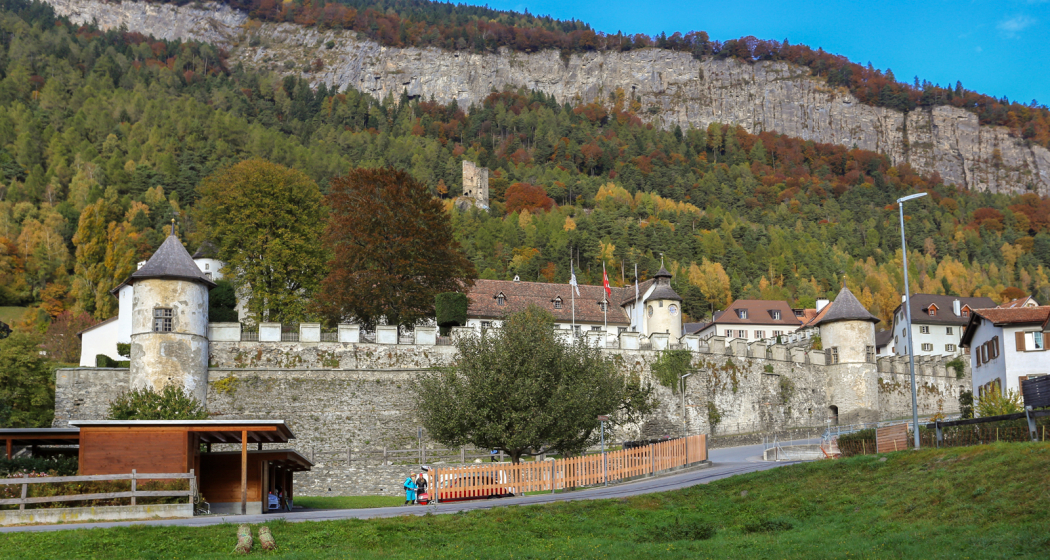Rhine Gorge hike: Turnerweg (659.10)


Show all 4 images

Details
Description
From Bonaduz railway station, the route leads across wide fields and after a short descent directly to the bank of the Hinter Rhine. Now you can enjoy a wonderful walk along the banks of the Rhine with fascinating views of the Rhine floodplains, one of the last large natural river landscapes of the Rhine above Lake Constance. The trail leads towards Reichenau, where the Vorder Rhine joins the Hinter Rhine. The route finally leads back to the village of Bonaduz via a beautiful country lane.
Responsible for this content Chur Tourism.






















